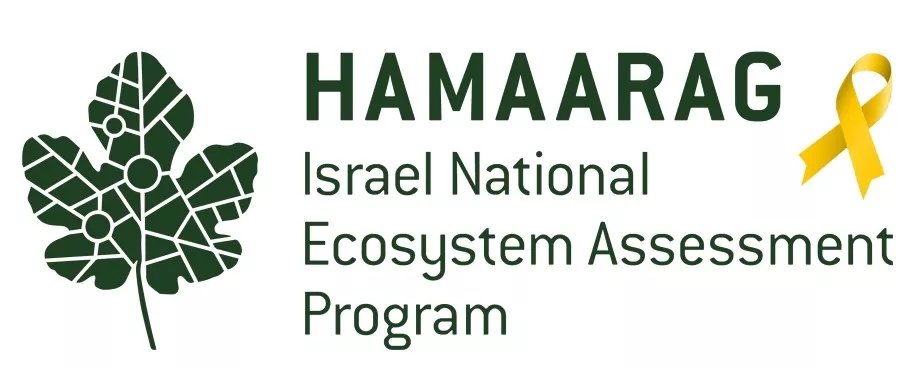Attention: Access to data downloads is restricted to registered users.
Click here to register a new account.
The National Biodiversity Monitoring Program Data
- Monitoring Program
- Birds
- Reptiles
- Mammals
- Arthropods
Hamaarag operates a long-term monitoring program tracking how the pressures of human development and climate change impact ecosystems, by monitoring terrestrial biodiversity. Findings from the project’s first decade have identified significant impacts of human activity on the diversity of both fauna and flora. In the decades to come, the monitoring program will continue to serve as a meaningful tool for identifying possible damage to biodiversity, and as a basis for science- and knowledge-based planning and managerial decision-making.
- Sampling Units – The planted conifer forest, Mediterranean-Desert transitional zone, loess plains in the northern Negev, Western Negev sands, Mediterranean woodland (chaparral), shrublands (Batha) and herbaceous shrublands (Garrigue), Negev highlands, The arid south.
- Monitoring Protocol In the field – Point count: The number of bird species and the number of individuals of each species are identified by sight and sound and recorded for 10 minutes, at varying radii around the point: 0–20 meters, 20–100 meters, 100–250 meters, and beyond 250 meters. Sampling is done during the spring season in the morning hours.
- Sampling Units – The planted conifer forest, Mediterranean-Desert transitional zone (Sfar HaMidbar), loess plains in the northern Negev, coastal plain sands, and Western Negev sands.
- Monitoring Protocol In the field – Foot survey, while turning over stones and other shelters for 20 minutes, in fixed 50×50 meter plots(2,500 sq. m). The survey is conducted during the spring and summer seasons, from morning until noon.
In the coastal plain sands and Western Negev sands units, the foot survey is conducted in the late afternoon. Afterward, a smudge trail of approximately 70 meters long and 40 cm wide is created, and 10 one-liter pitfall traps are placed along the smudge trail. The next morning, tracks and pitfall traps along the trail are inspected, followed by another foot survey in the plot.
Captured reptiles are recorded and identified to the species level. Following identification, individuals are released on-site. Signs of reptile presence in the plot, such as tracks, eggs, droppings, sheds, and dead individuals, are recorded.
- Sampling Units – The planted conifer forest, Mediterranean-Desert transitional zone, Western Negev sands, Mediterranean woodland, shrublands and herbaceous shrublands, Negev highlands, The arid south.
- Monitoring Protocol In the field – In each monitoring plot, nine motion-activated trail cameras (day and night photography capabilities) are placed along a transect of about 850 meters and at intervals of about 75–80 meters from each other. The cameras operate for 10 days and then collected. Other data such as time, sampling environment, camera height from the ground, detection distance, and azimuth of the camera direction is collected during camera placement. Sampling is done during the summer and autumn months.
- Sampling Units – Coastal Plain sands, Western Negev sands.
- Monitoring Protocol In the field – 48 pitfall traps (1-liter plastic containers buried in the ground with the rim at surface level) were placed in each monitoring plot for two days. Half of the traps were placed under shrubs, and the other half were placed far from shrubs, in an open area. All arthropods that fall into the traps are collected and taken to the lab for identification. When possible, arthropods are released back into the wild.

